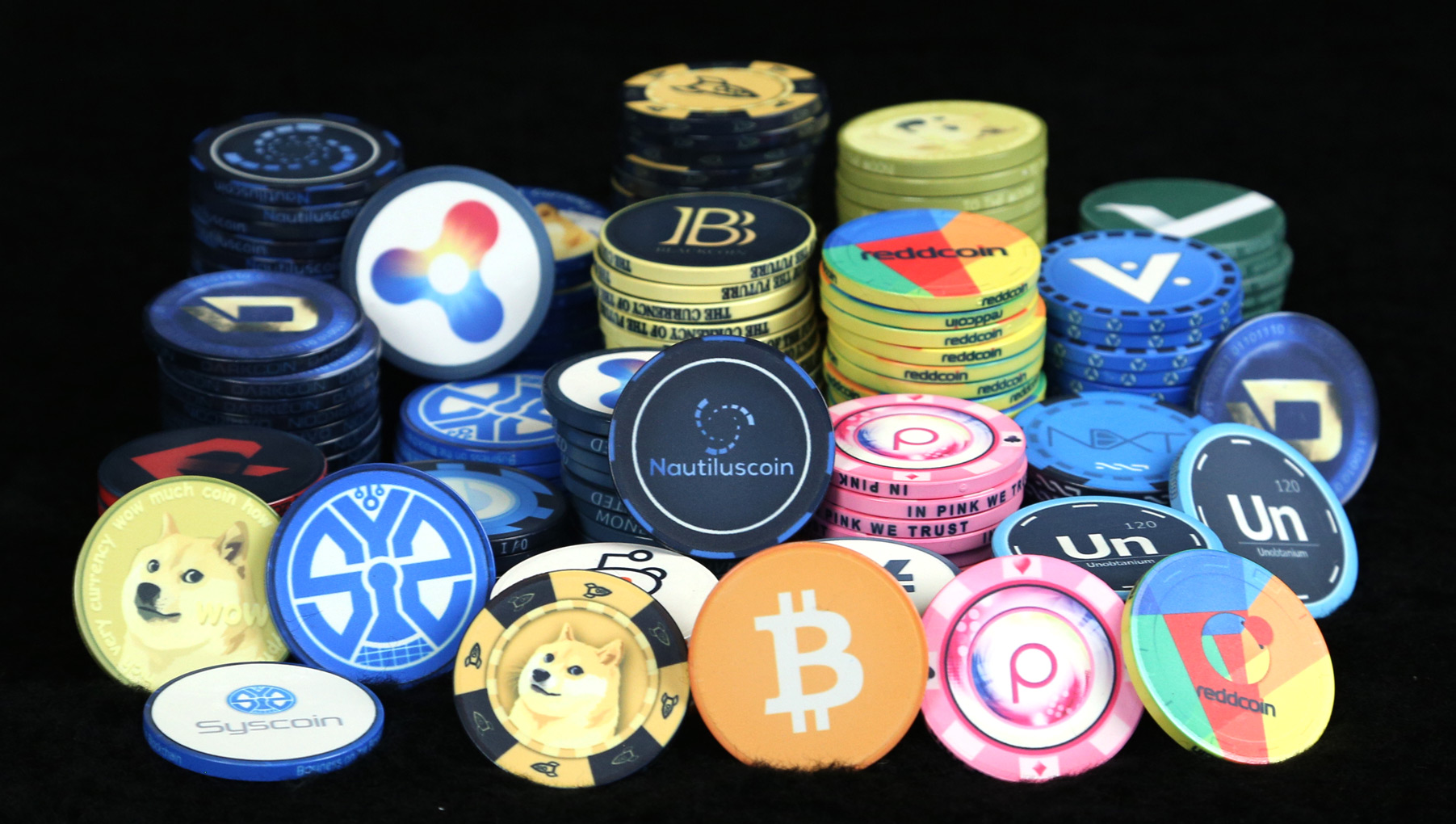By Joshua Ophir, Year 11
Unless you live under a rock, the probability that you’ve heard of the words “cryptocurrency” and “bitcoin” in recent news is relatively high. Although these terms have been around for a while, they’ve been used many times over the last year. This said, most of us do not know what this revolutionary currency really is, which is why I’ve decided to write this article.
What is cryptocurrency?
The dictionary definition of “cryptocurrency” is “a digital currency in which encryption techniques are used to regulate the generation of units of currency and verify the transfer of funds, operating independently of a central bank”.
Still, this sounds like nonsense to most of us. In other words, cryptocurrency is a form of digital money that is created through the use of encryption software. This is a type of security program that encrypts data–meaning it converts the data into another form of text that only people who have access to the data can read. Put it like this: encrypting data is like putting a passcode on your phone; only the people who know your passcode will be able to see what’s on your device. Because cryptocurrencies use encryption softwares, it makes it an extremely safe currency that very few people in our world can hack.
Cryptocurrency is an intermediate of exchange, just like normal currencies such as CHF.
However, unlike normal currencies, governments have no control over it. So, you might ask, who has control over it? The answer to that question is called the blockchain. The blockchain is a digitized, decentralized, public ledger of all cryptocurrency transactions. Just like with normal currencies, a ledger is a place where banks record all transactions that have taken place in the last month. Although governments are not able control cryptocurrencies. This is where the blockchain comes in. The blockchain is an unbiased, flawless version of a bank. Usually, when you make a transaction through a bank, you will have to pay the bank in order to do it. A blockchain does the same thing but you do not have to pay for the transaction. For example, if you bet 15CHF on who’s going to get a better grade on the next math test with your friend, you have 3 options to manage the transaction:
- Trust each other, although one can easily refuse to pay the other after the bet.
- You can turn the bet into a contract, thus both of you will be legally obliged to pay the other. However, this is not a very good option since should one of you refuse to pay, the winner will have to pay additional expenses to cover legal expenses.
- Last but not least, you can involve a third party. Both of you give the 15CHF to that person and he or she will then give the total to the winner. But, that person could also easily run away with your money. Therefore, you are left with the first two options.
Nevertheless, these options aren’t great since you can’t always trust someone and a contract requires time and money. This is why the blockchain is so revolutionary: It offers a fourth option which is secure, quick and cheap. The person who created the blockchain is an anonymous programmer who goes by the name of Satoshi Nakamoto. In spite of creating the blockchain, Nakamoto also introduced the leading cryptocurrency: Bitcoin.
What is a Bitcoin?
A Bitcoin is a form of cryptocurrency. There are many cryptocurrencies today, like they are many currencies in our world, although the bitcoin is the most powerful one. It was first introduced in 2008 in Nakamoto’s 9 page research paper. One bitcoin is a unit of the Bitcoin (BTC) digital currency. Similarly to a Swiss Franc, it has no value by itself, the only reason why it does is because us consumers agree to trade goods and services in exchange for a certain amount of the currency. Unlike traditional currencies, there are only a fixed amount of bitcoins in the world, 21 million to be exact. This seems like a lot, but considering that some companies buy thousands of bitcoins at once, this number decreases very quickly. This is the reason why the bitcoin price is increasing, because more and more people want to buy it and following the law of demand and supply, as demand increases price does as well.
How can you become involved in the Bitcoin phenomenon?
There are several ways to acquire bitcoins, although some harder than others. Today, although it is harder than it was before, you can “mine” bitcoins. Because bitcoins aren’t printed out like traditional money, they are mined out of the system. A miner is a person that runs a mining program on his computer. It is called mining for 2 reasons:
- Just like natural resources, there is a finite amount of bitcoins and these bitcoins need to be found in the system, think of it like a cave.
- A miner needs to invest energy in mining, his computer needs to solve complex math problems and once it does a certain amount of bitcoins is given to him.
Besides finding bitcoins, miners also use their computers to verify transactions and prevent fraud. Thus, the more miners there are means that transactions are quicker and less fraud-prone. Once the miner verifies the transaction, he is awarded a small fee. Although this sounds very profitable, today it is virtually impossible to mine one bitcoin; it would take you 98 years. This is because so many miners have joined the network. Even today with super-powerful computers called ASIC, it is almost impossible to mine alone. This is why mining pools were invented–groups of miners who make a deal to mine together.
Since mining bitcoins is quite costly and time-consuming, you can also buy a certain amount of a bitcoin. I say a certain amount of one bitcoin because one bitcoin today is worth a lot: 7600 CHF. You can buy bitcoins by first downloading apps like Bitcoin Wallet, which are apps that behave as “shops” for bitcoins.
A final way of investing in cryptocurrency is buying other cryptocurrencies. Today, there are hundreds of digital currencies like Bitcoin which do not cost as much. Who knows, in a few years they might be worth more than the bitcoin…
If you are interested in cryptocurrency, here is more information about it –
https://bitcoin.org/bitcoin.pdf – Nakamoto’s original research paper.
https://bitcoin.org/en/how-it-works – Bitcoin website.
https://www.youtube.com/watch?v=s4g1XFU8Gto – A visualized way of describing the Bitcoin.
https://www.investopedia.com/tech/how-to-buy-bitcoin/ – How to buy cryptocurrencies.



